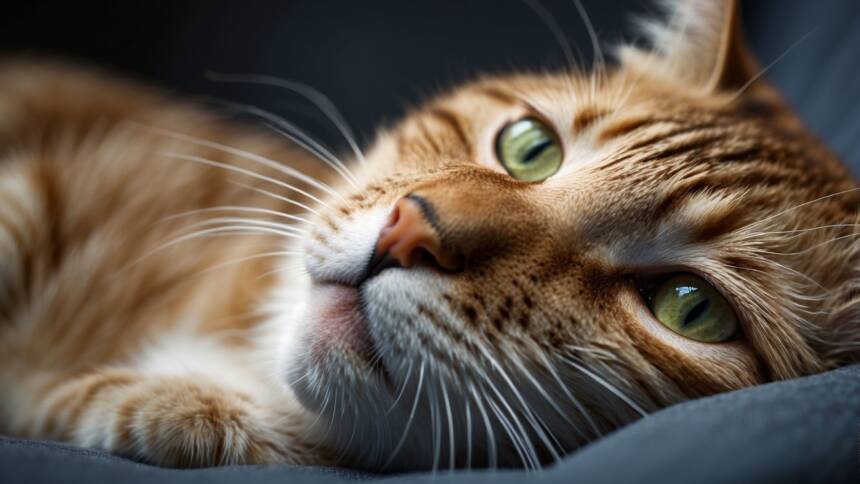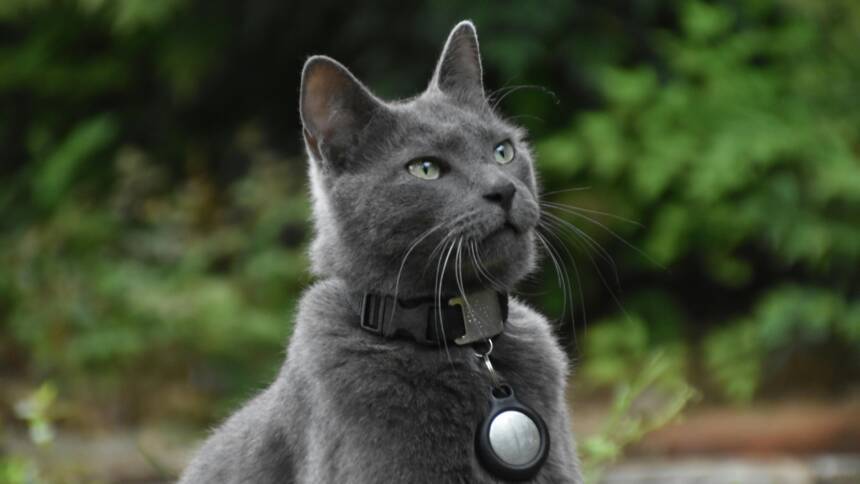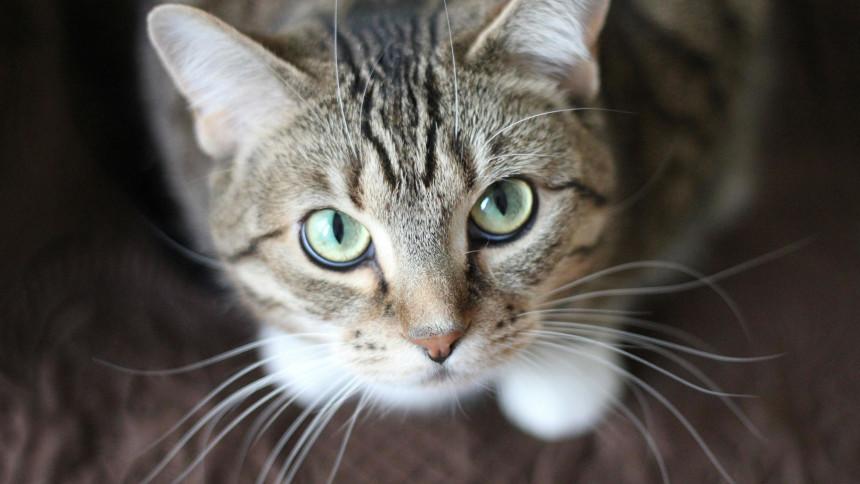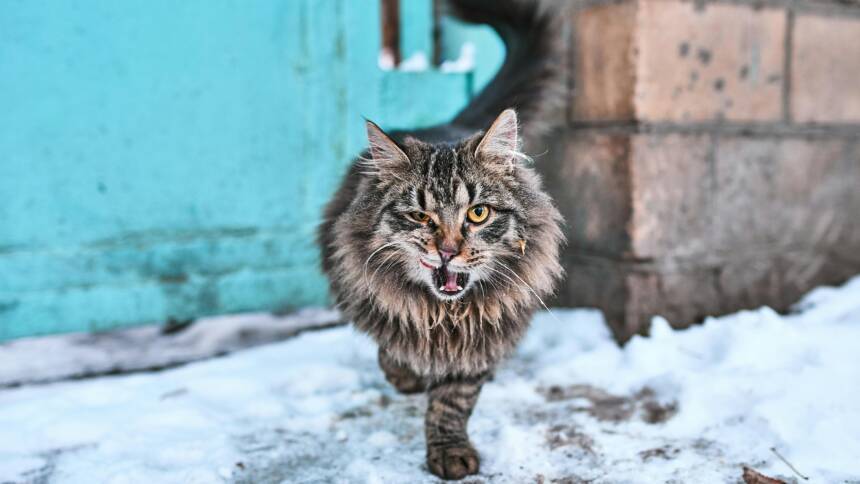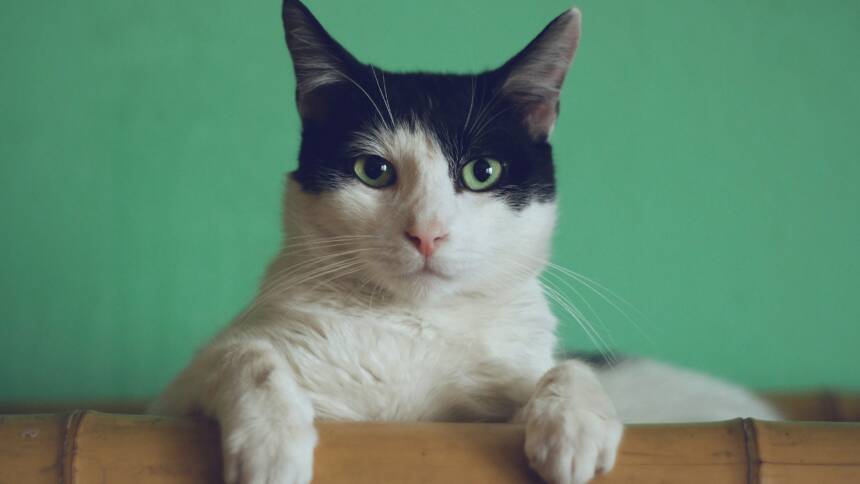When treating cats for fleas, it’s important to be aware that while most flea treatments are safe, there can occasionally be adverse skin reactions. These reactions to flea treatments can range from mild irritation to more severe dermatitis. The treatments, typically applied topically, are designed to eliminate pests such as fleas, ticks, and worms. Such treatments are usually administered directly onto the cat’s skin, often between their shoulder blades, and the product disperses to provide protection over a period of time, commonly a month.
A cat’s skin may react negatively to flea treatments due to a variety of factors, including an allergy to the product itself or to the fleas’ saliva. A flea allergy dermatitis is a severe reaction to flea bites and is noted as an allergic response to substances in the flea’s saliva. Even a single flea bite can lead to intense and persistent itching in an allergic cat. On the other hand, some cats may develop a sensitivity or intolerance to the chemicals present in the treatment, prompting a cutaneous reaction.
In light of these potential issues, it is crucial for cat owners to monitor their pets closely after administering flea treatment. If a negative skin reaction occurs, they should seek advice from a veterinarian. A vet can provide guidance on how to manage any side effects and may suggest alternative treatment methods. Moreover, veterinarians can also offer insight on flea control and prevention strategies, which are paramount to a cat’s comfort and health.
Recognizing Flea Infestations
Flea infestations in cats are a common concern for pet owners. Identifying the signs of flea activity and understanding the insect’s life cycle are crucial in managing and preventing these pests.
Identifying Flea Bites
Flea bites on cats are typically small, red, and may appear as a cluster. They are often surrounded by a reddened halo, indicative of an allergic reaction to the flea’s saliva. When inspecting a cat’s skin:
- Look for small, raised, red bumps on the skin, particularly in areas with less fur.
- A flea comb can help detect adult fleas among the fur.
- Some cats might exhibit excessive scratching, hair loss, or skin infections as a result of bites.
Life Cycle of Fleas
Understanding the life cycle of fleas is essential in tackling the issue at its root. Fleas go through four life stages:
- Eggs: Pearly white and laid by female fleas on the host’s skin; not sticky.
- Larvae: Hatch from the eggs and avoid light, feeding on pre-digested blood from adult flea feces.
- Pupae: The larvae encase themselves in a cocoon where they can remain dormant for weeks to months.
- Adult Fleas: Emerge from the cocoon when they detect heat, vibrations, or carbon dioxide from potential hosts.
A flea can lay up to 50 eggs per day, rapidly increasing flea populations around the home if not addressed. Since adult fleas need a blood meal from a host, such as a cat, to survive and reproduce, their presence indicates an active infestation.
Understanding Flea Allergy Dermatitis
Flea Allergy Dermatitis (FAD) is a severe allergic reaction to the proteins found in flea saliva. This condition leads to intense itching and discomfort in affected cats.
Symptoms of FAD
- Intense itching (pruritus): Cats will excessively scratch, lick, or bite their skin, especially around the head, neck, and rump.
- Skin inflammation: Affected areas may appear red and inflamed.
- Hair loss: Repeated grooming can cause symmetrical hair loss along the sides, thighs, or tail-base.
- Papules and crusts: Small bumps and scabs may develop, often seen around the neck and lower back.
Diagnosing FAD
- Veterinary examination: A veterinarian will look for signs of flea infestation and characteristic patterns of hair loss and skin lesions.
- History of symptoms: The timing of symptoms in relation to flea exposure is critical. Seasonal itches may indicate FAD.
- Intradermal testing: To confirm the allergy, a veterinarian may conduct skin tests by injecting flea antigens and observing the reaction.
- Serological tests: Blood tests can detect elevated levels of IgE antibodies, pointing to flea-related hypersensitivities.
Treatment Options
When a cat exhibits a skin reaction to flea treatment, it is critical to consider both immediate relief and long-term preventive strategies. The path to recovery should be overseen by a veterinary professional to ensure that treatments are administered safely and effectively.
Topical Treatments
Topical medications are frequently prescribed by veterinarians for treating flea-related skin reactions in cats. They are applied directly onto the cat’s skin, typically between the shoulder blades, to minimize the chances of the cat licking off the medication. Dosage and application frequency are important factors to consider, as they can vary based on the product and the size of the cat.
- Prescription options: Prescription topical treatments are often more potent and require a veterinarian’s approval. They may contain ingredients that not only kill fleas but also soothe the cat’s skin.
- Over-the-counter options: These may be milder but may not be sufficient for an allergic cat’s needs.
Oral Medications
For cats with severe allergies or those that do not tolerate topical treatments well, oral medications might be an alternative. A veterinarian can prescribe oral flea control treatments which are administered at specific doses depending on the medication and the cat’s weight.
- Immediate relief: Some oral medications begin working within hours to kill fleas and can be used in conjunction with long-term treatments.
- Regular preventive: Other oral treatments are designed to be given monthly as a preventive measure against fleas.
In any treatment scenario, the cat’s health and safety are paramount. Only use medications as directed by a vet, and monitor the cat’s reaction to the treatment to ensure it is both effective and not causing further adverse reactions.
Managing Treatment Side Effects
When a cat exhibits signs of side effects from flea treatments, prompt management is essential to alleviate discomfort and prevent progression to more severe health issues.
Allergic Reactions
Adverse reactions to flea treatments may manifest as skin infections, redness, or irritation at the site of application. If a cat develops symptoms such as intense scratching or visible skin changes following treatment, the following steps should be taken:
- Immediate Action: Remove any flea collars and wash the area with mild soap and water to reduce the presence of allergens.
- Medical Attention: Seek veterinary care if skin symptoms persist, as they may prescribe antihistamines or corticosteroids to reduce inflammation and allergic response.
Gastrointestinal Issues
Ingesting flea treatment can cause vomiting or diarrhea in cats due to the toxicity of chemicals designed to target pests. Here is what to do if gastrointestinal symptoms occur:
- Diet Management: Provide small, frequent meals of a bland diet, such as boiled chicken and rice, to ease digestive distress.
- Hydration: Ensure the cat has continuous access to clean water to prevent dehydration from vomiting or diarrhea.
- Veterinary Care: If symptoms are severe or do not resolve quickly, contact a veterinarian who may provide supportive treatments such as anti-emetics or fluid therapy.
Proactive measures and close observation can significantly mitigate the risks associated with flea treatment side effects.
Preventing Flea Reinfestations
Effective flea control involves more than just treating the cat; it’s equally important to address the cat’s environment to prevent a reinfestation. This includes regular vacuuming and washing bedding, as well as utilizing flea control products year-round.
Environmental Control
To mitigate flea populations in the home, one must maintain a clean environment. Vacuuming regularly, especially in areas where the cat spends a lot of time, is crucial. This practice can help remove flea eggs, larvae, and pupae from carpets and furniture.
- Carpets and Furniture: Vacuum at least once a week, and use a vacuum with a high-efficiency particulate air (HEPA) filter for best results.
- Bedding: Wash the cat’s bedding, as well as any other fabric the cat is in contact with, in hot water weekly to kill any flea stages present.
By consistently cleaning the home, one can significantly reduce the likelihood of fleas surviving and reproducing in the environment.
Year-Round Treatment
Fleas can persist throughout the year, so a continuous flea treatment program is essential for keeping cats flea-free.
- Flea Collars: A flea collar can be a simple solution for ongoing flea control, releasing chemicals over time that deter fleas.
- Flea Products: There are various products available, including topicals, oral medications, and sprays. Choose products that offer ongoing protection rather than immediate but short-term relief.
- Program: Stick to a regular application schedule as recommended by the product’s guidelines or your veterinarian to maintain continuous protection.
It is essential to select treatments that are specifically designed for cats, as some products suitable for dogs can be harmful to felines. Consultation with a veterinarian can help in choosing an appropriate, effective, and safe flea prevention program for a cat.
Costs and Considerations
When addressing the issue of skin reactions to flea treatments in cats, it’s paramount to assess both the financial implications and breed-specific factors that can influence the choice and effectiveness of the products.
Evaluating Treatment Costs
When considering the financial aspect of flea treatments, pet owners must look at two key factors: the type of treatment and the frequency of application. Over-the-counter flea products can range from low-cost options such as powders and shampoos to more expensive treatments like topical spot-ons and oral medications. While some treatments may have a higher initial cost, their effectiveness can reduce the frequency of application, thus making them more cost-efficient in the long run.
A typical cost breakdown could be as follows:
- Flea collars: $5 – $50
- Topical treatments: $10 – $60 per application
- Oral medications: $20 – $100 per dose
Veterinarian-prescribed flea treatments may come with a higher price tag, but they also offer the added value of a vet’s guidance. This ensures the treatment is appropriate for the cat’s condition and overall health status. Pet owners should budget for these costs while considering the best course of action for their pet’s health.
Breed-Specific Considerations
Certain cat breeds may exhibit more sensitive skin or be prone to adverse reactions which makes selecting the right flea treatment critical. For example, breeds with short or fine coats may absorb topical treatments differently than those with dense fur, potentially leading to skin irritation.
It is imperative to consult with a veterinarian before choosing a flea treatment, as they can provide insight into the most suitable options based on the cat’s breed, age, and health history. They can also advise on whether a particular breed might be at higher risk of a negative reaction to certain flea treatments, further informing a pet owner’s decision.
Natural and Alternative Remedies
In addressing cat skin reactions to flea treatments, one may consider natural and alternative remedies, which involve herbal treatments and certain dietary adjustments. These remedies can be particularly helpful for cats with sensitive skin or those who have previously experienced adverse reactions to chemical treatments.
Herbal Treatments
Herbal treatments can provide natural flea repellent properties that minimize the risk of skin irritations. Key herbs include:
- Rosemary: Acts as a natural flea repellent.
- Chamomile: Soothing for the skin, may reduce irritation.
- Lavender: Known for its calming and repellant effects against fleas.
To use these herbs, one can create a gentle rinse by steeping the herbs in boiling water, allowing it to cool, and then gently applying it to the cat’s fur. Additionally, grooming plays a significant role; frequent combing with a flea comb can help remove fleas mechanically without harsh chemicals.
Dietary Adjustments
Dietary adjustments may bolster a cat’s overall health and resistance to fleas, as a robust immune system can contribute to less appealing skin and fur for fleas. Some potential dietary changes include:
- Omega-3 and Omega-6 Fatty Acids: Supports skin health and may reduce inflammation.
- Apple Cider Vinegar: Adding a small amount to the cat’s water may help make the skin less attractive to fleas.
One should introduce new foods gradually and monitor for any signs of food allergy, which can be indicated by increased scratching or skin issues. Saliva can be an allergen vector, as grooming disperses allergens through the fur. It’s critical to decipher if a cat’s skin reaction is due to fleas, allergies, or a combination of both. A veterinarian can assist with dietary recommendations tailored for individual cats.
Professional and Expert Insights
In addressing skin reactions to flea treatments in cats, professionals provide crucial advice, and ongoing research contributes to evolving treatment protocols. These insights help ensure the wellbeing of feline patients and guide owners in optimal care practices.
Veterinarian Advice
Veterinarians stress the importance of correctly diagnosing flea allergy dermatitis (FAD) before treatment. Clinical signs include itchy skin, redness, and potential hair loss primarily along the back and base of the tail. Flea allergy dermatitis is confirmed through flea combing, fecal exams for flea dirt, or intradermal testing. If adverse reactions to flea treatments do occur, vets recommend immediate cessation of the product and palliative care to soothe the cat’s skin, as well as alternative treatment options.
Latest Treatment Trends
With new research, medication advances are continually emerging. Experts in veterinary dermatology often discuss the latest spot-on treatments and oral medications that target flea control with enhanced safety profiles. These products work on different aspects of the flea’s life cycle:
- Adult fleas (e.g., Fipronil, Imidacloprid)
- Flea eggs and larvae (e.g., Methoprene, Pyriproxyfen)
Professionals emphasize the selection of treatments backed by rigorous testing and approval from regulatory bodies. Furthermore, experts suggest integrating environmental management to prevent flea infestations as part of a comprehensive approach.
